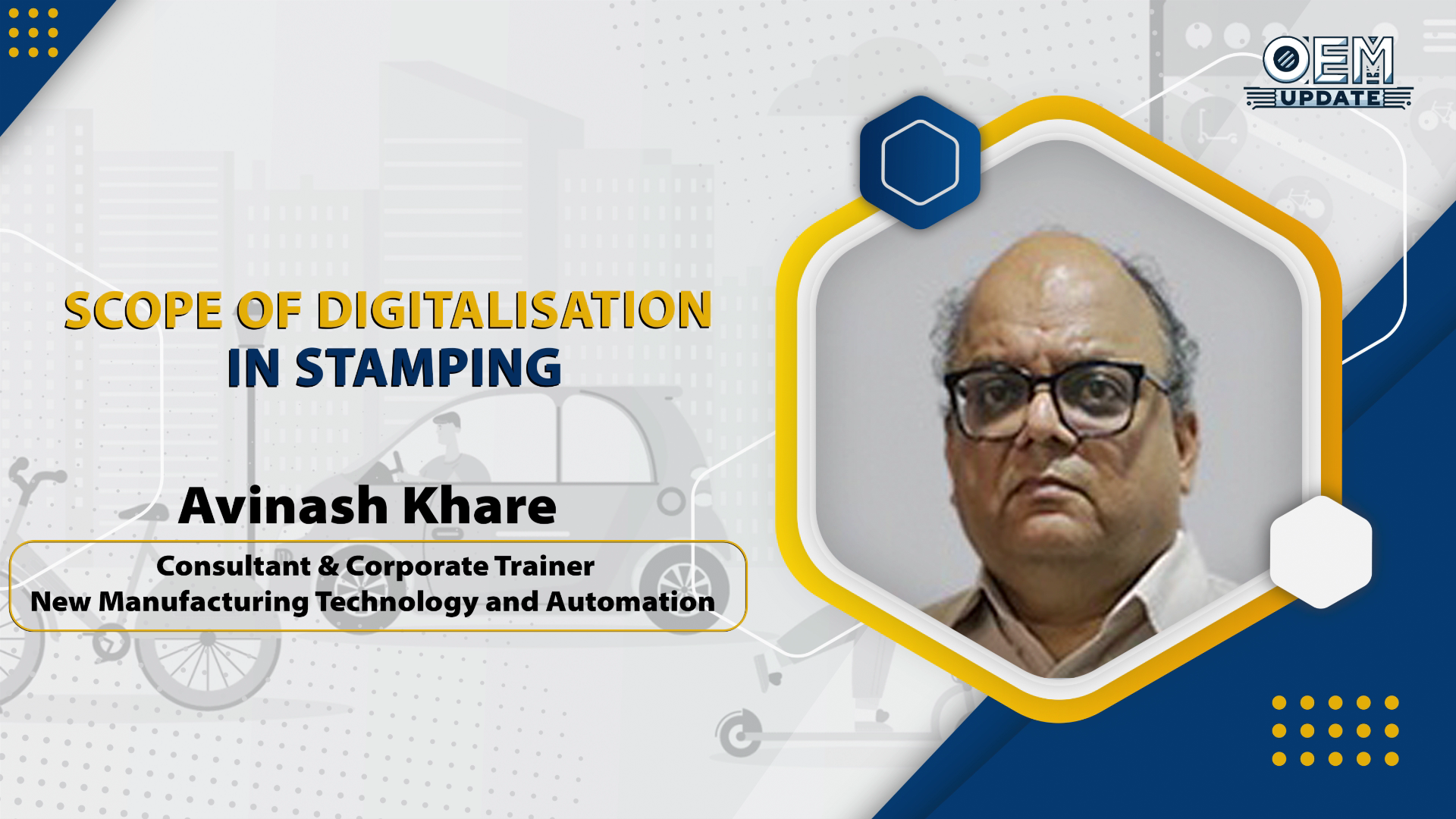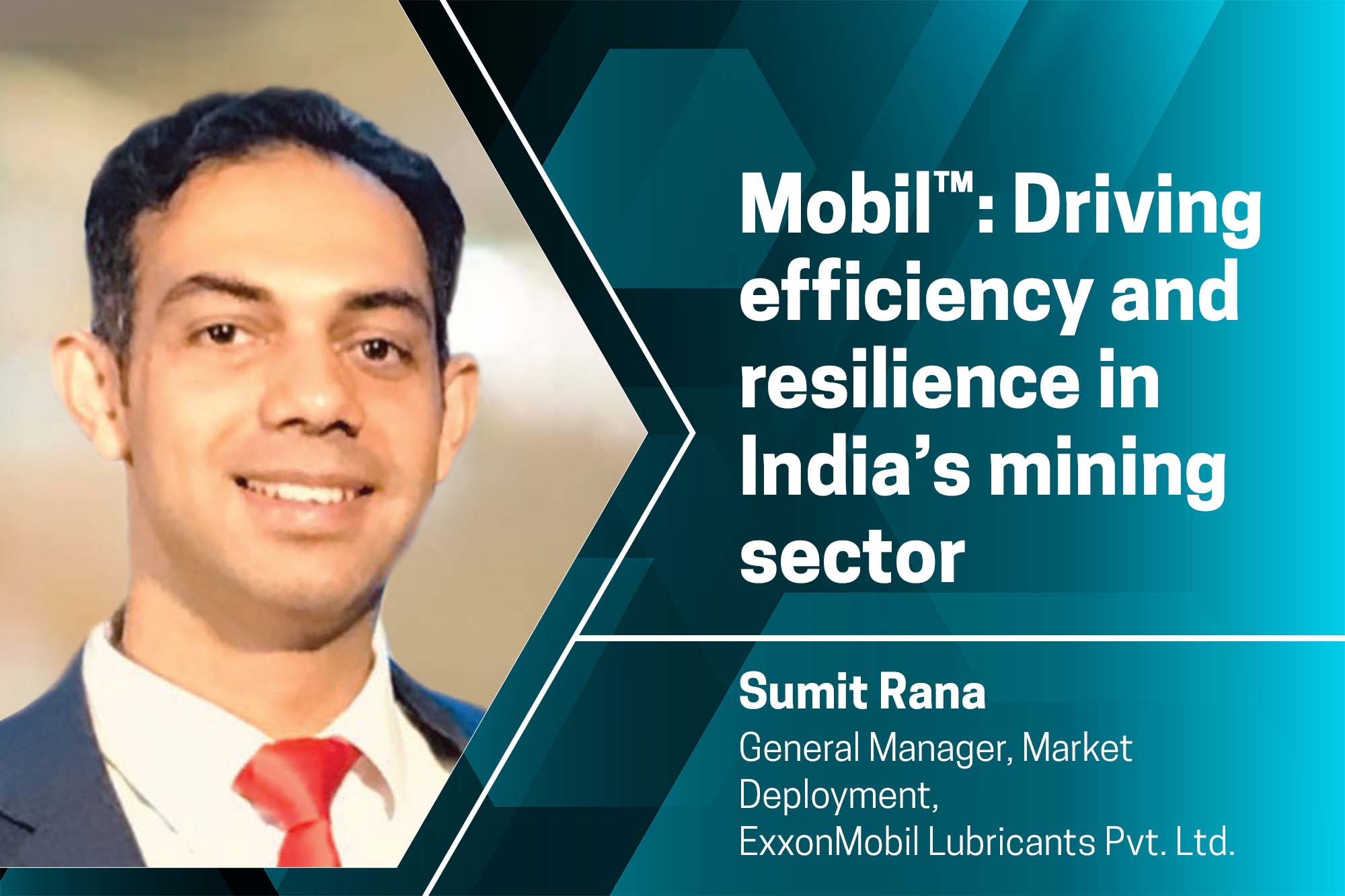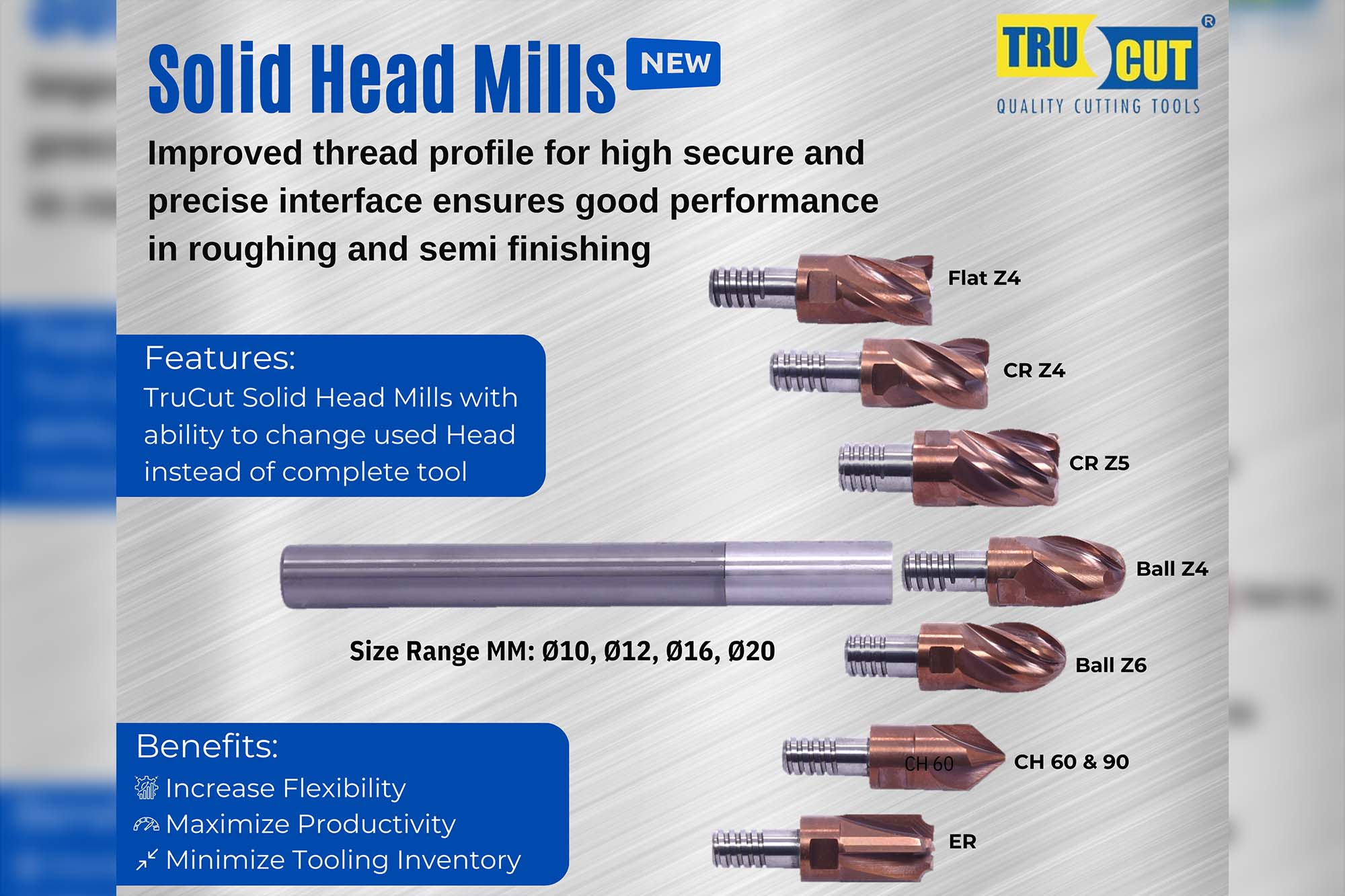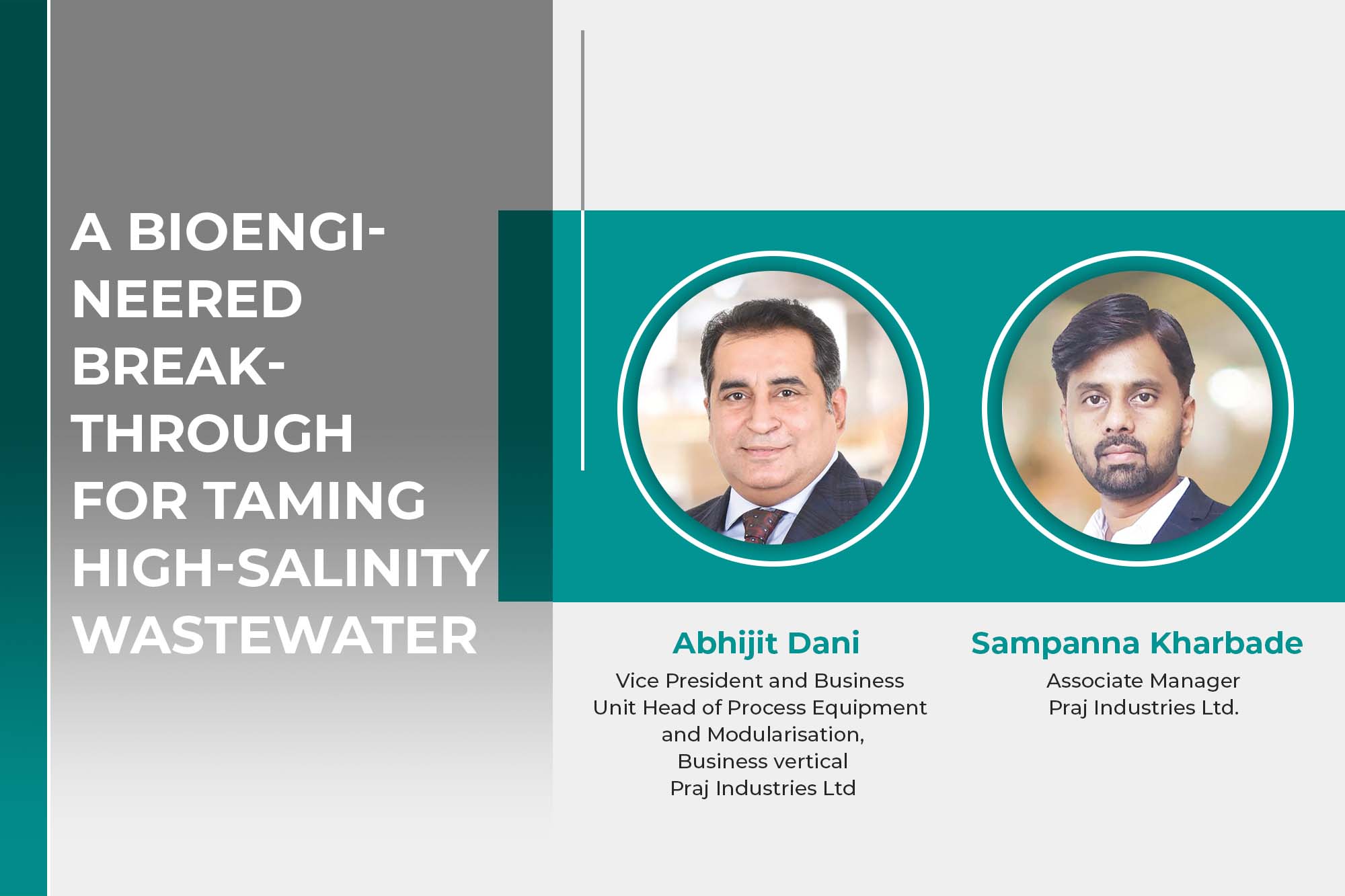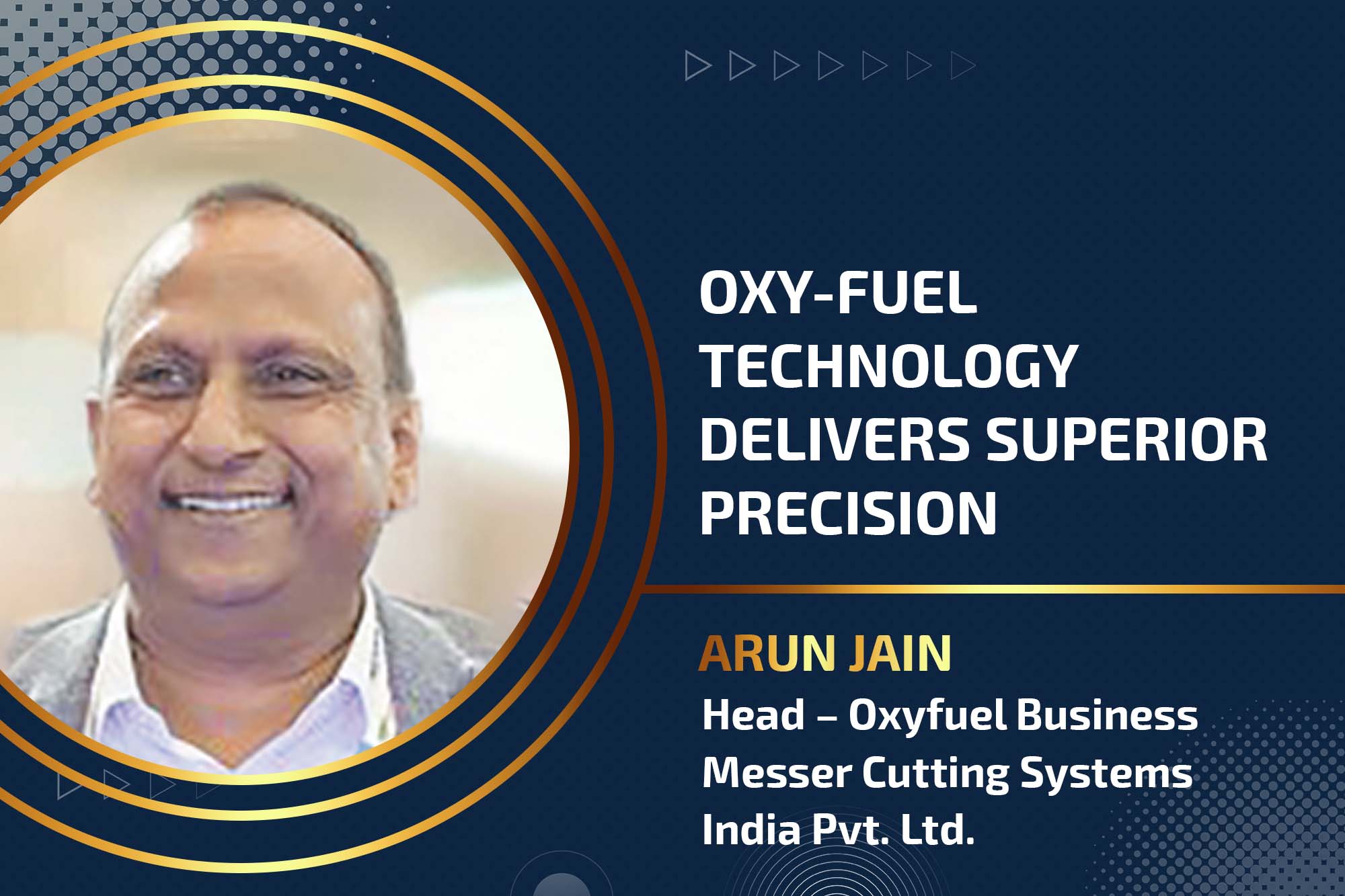Material handling for efficient manufacturing
By admin March 11, 2015 11:20 am IST
A detailed analysis on the role of material handling equipment in increasing productivity for a manufacturing facility
Material handling and manufacturing go together Material handling refers to handling system of products; at various stages of manufacturing, through lifting, moving, and setting it down in the safest possible ways while controlling the cost of such system for overall process. Manufacturing and material handling are both complimentary to each other. No manufacturing facility or warehouse is complete without material handling equipment (MHE). MHE also play important role in large warehouses where they are used to carry heavy loads. Increasingly, MHE are having wide applications in a number of industries and verticals that involve lifting of materials and shipments that weigh heavy.
Material handling has always played an important role in manufacturing and is rather an integral part of manufacturing. To shift focus, it is also interesting to learn that small MHE are playing important role while shipping large or heavy parcels ordered online on E-commerce portals. There is an increasing focus on design, a new trend observed in the market. MHE today are focusing on design even as they evolve to fulfil new demands from industry. There is also a great focus today on automated or computer controlled material handling tools. Material handling tools are also increasingly becoming application focussed. With increasing R&D being done on material handling, a lot of development is taking place in the field. A trend of custom made or personalised technology has led to the development of custom made MHE that allows users from specific industry or verticals to use them.
MHE helps save on time or buy lost time MHE can help cut the time involved both before manufacturing and post manufacturing. This is important in a world where every second counts.
MHE are efficient enough to help workers in large manufacturing facilities. Let us look at some important aspects of material handling in manufacturing:• Reduce cycle time of manufacturing• Improve safe working condition • Reduce effort and stress during process• Build a reliable environment for production• Efficiently use equipment, people, space and energy at increased convenience, safety and comfort for working teams.
Advancements in material handling “Over the years, material handling has had various advancements through developments in technology and on the research front; developments in design have contributed to MHE being used in more specialised applications across industries. MHE are being increasingly used in industries such as mechanical, automotive, engineering, oil and gas, petrochemical, glass, paper, aerospace and so on,” says Dayanidhi Anand, Country Head, STAHL CraneSystems. MHE can be segmented, depending on the various stages of production in which the equipments become involved. These include the following:• Transportation of material to the plant, inside or outside of the plant• Positioning of material at work stations during manufacturing• Unit load formation, to increase speed of handling• Storage of materials post production.
MHE in driving efficiencyIn the last several years material handling has become a new, complex, and rapidly evolving science. For moving material in and out of a warehouse many types of equipment and system are in use, depending on the type of products and volume that are handled. The efficiency of MHE adds to the performance level.
“With the fast growth of manufacturing units across the country, the demand for material handling and equipment is directly driven through requirements at project sites,” observes Tushar Mehendale, Managing Director, ElectroMech Material Handling Systems. The demand for material handling is also indirectly driven through growth in allied industries such as cement, steel and others. Power projects are a key demand generator for both material handling as well as construction equipment. For the power sector, MHE is required both at the project execution stage as well as to be installed in the power plant itself for various applications.
Cookie Consent
We use cookies to personalize your experience. By continuing to visit this website you agree to our Terms & Conditions, Privacy Policy and Cookie Policy.





